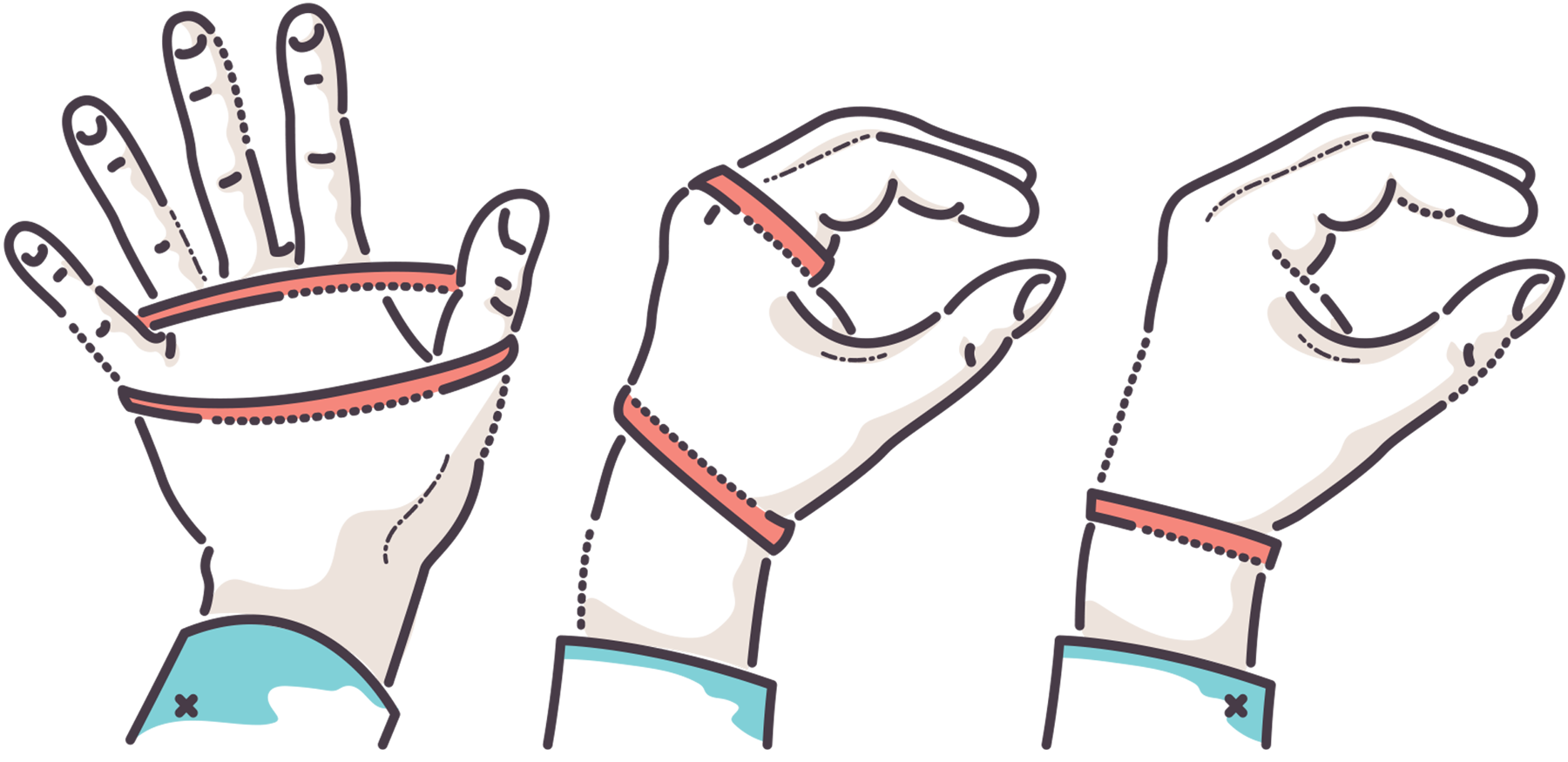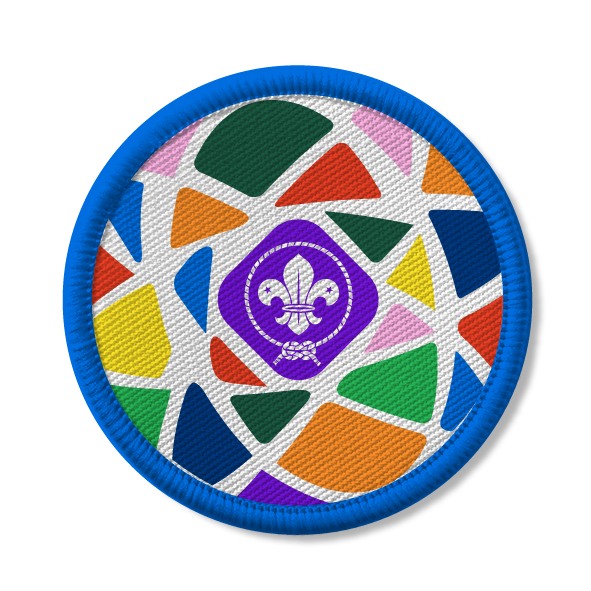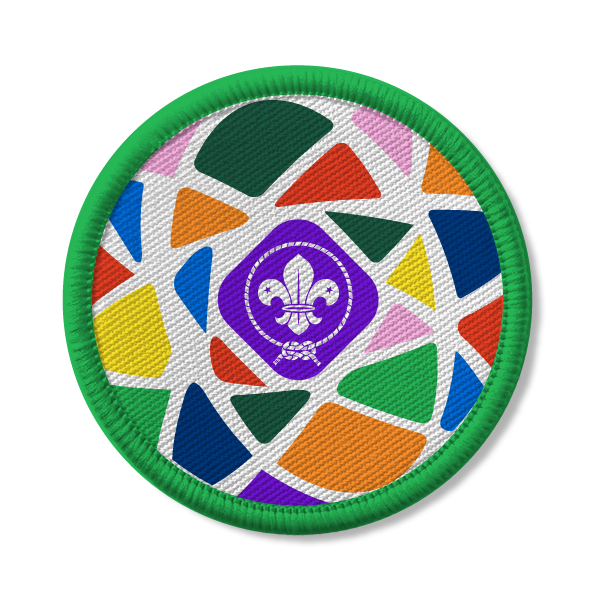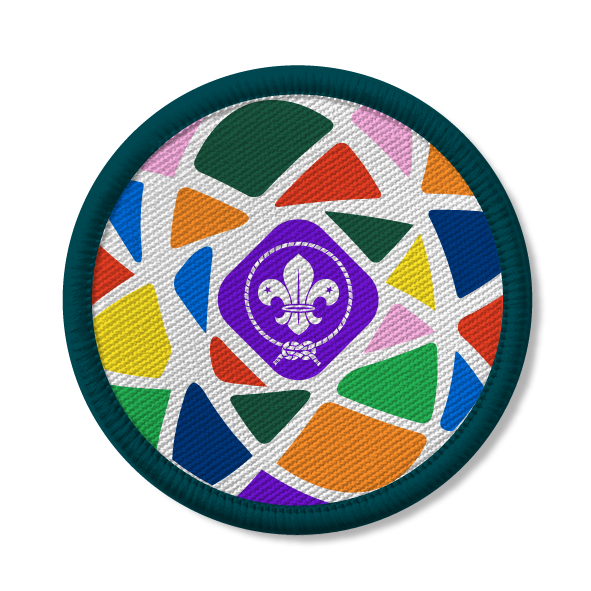
Banding together
You’ll need
- Elastic bands
Safety checklist
Use the safety checklist to help you plan and risk assess your activity. Additional coronavirus-related controls to think about may include:
- Set up a hand washing station that you can use throughout the session.
- Make sure people wash their hands before and after using any shared equipment or resources.
- Clean any equipment between different people using it.
- Remind everyone to stay a safe distance apart at all times.
- Everyone should hook an elastic band onto their thumb, stretch it across the back of their hand, and put their little finger into the elastic band too. The elastic band should be across the back of their hand, held in place by their thumb and little finger. Their middle three fingers shouldn’t be inside the elastic band.
- Everyone should imagine that their hand (and arm) is a fish or bird. They have 30 seconds to try and free themselves from the elastic band, without using their other hand or their teeth, rubbing against anything, or getting help from anyone else.
- Everyone should talk about how difficult it was to get free. The elastic band shows the effect that litter can have on wildlife, like fish or birds. What items might the elastic bands represent?
- Everyone should talk about the other ways that litter can harm animals. They might get injured on sharp edges or eat litter that they mistake for food.

- Litter can be dangerous to wildlife, even if it looks safe to us; it can cause injury, illness, and even death. The RSPCA say they get an average of 14 calls a day about animals affected by litter – that’s over 5,000 a year, and that only includes the cases that people report to them.
- Animals might explore cans and tubs for food (especially if they smell good) or to shelter from the sun. Their heads can get stuck, or they can get cut on sharp edges. Humans might also get injured on any sharp edges too.
- Some animals might confuse litter for food and try to eat it. This could mean that they choke or that their digestive system is damaged.
- Even things like chewing gum can cause harm – it can get stuck in animals’ feathers or fur and make it difficult for them to move or fly.
- Litter isn’t just a problem on land either. It can be blown into drains or rivers, and things like wet wipes might be flushed down the toilet. Litter can even make its way into our oceans.
- Even if we dispose of our litter responsibly, there’s a chance it could still end up in our environment. It could be blown or washed out of recycling or landfill sites.
Reflection
What did it feel like to have your hand trapped? What might it feel like for an animal? What can people do to make sure that fewer animals are hurt by litter?
Safety
All activities must be safely managed. You must complete a thorough risk assessment and take appropriate steps to reduce risk. Use the safety checklist to help you plan and risk assess your activity. Always get approval for the activity, and have suitable supervision and an InTouch process.
- It’s up to you how much detail you go into. Adjust it to fit your group.
- It’ll be trickier to get the elastic band off your hand if it’s pushed further down, underneath your knuckles.
If anyone finds having the elastic band on their hand too uncomfortable, they could take a different role in this activity. They could time the 30 seconds and report back on how everyone got on, for example.
All Scout activities should be inclusive and accessible.
Plan how you can take action to reduce the amount of litter in our environment. Find out more with some other activities on the theme of plastic pollution.





